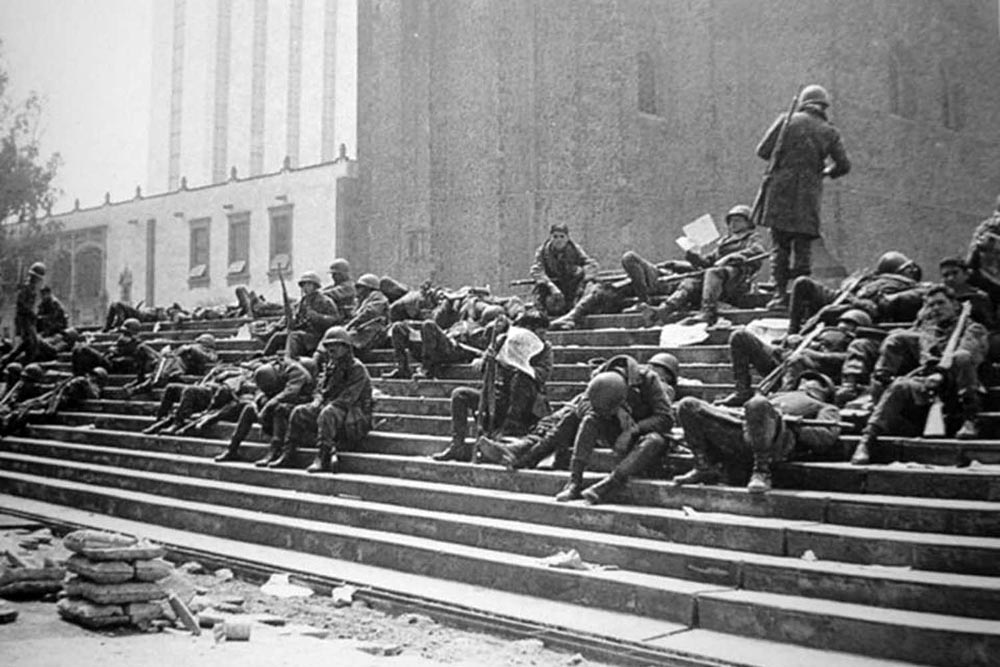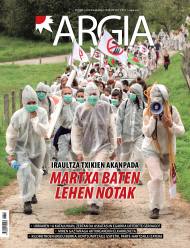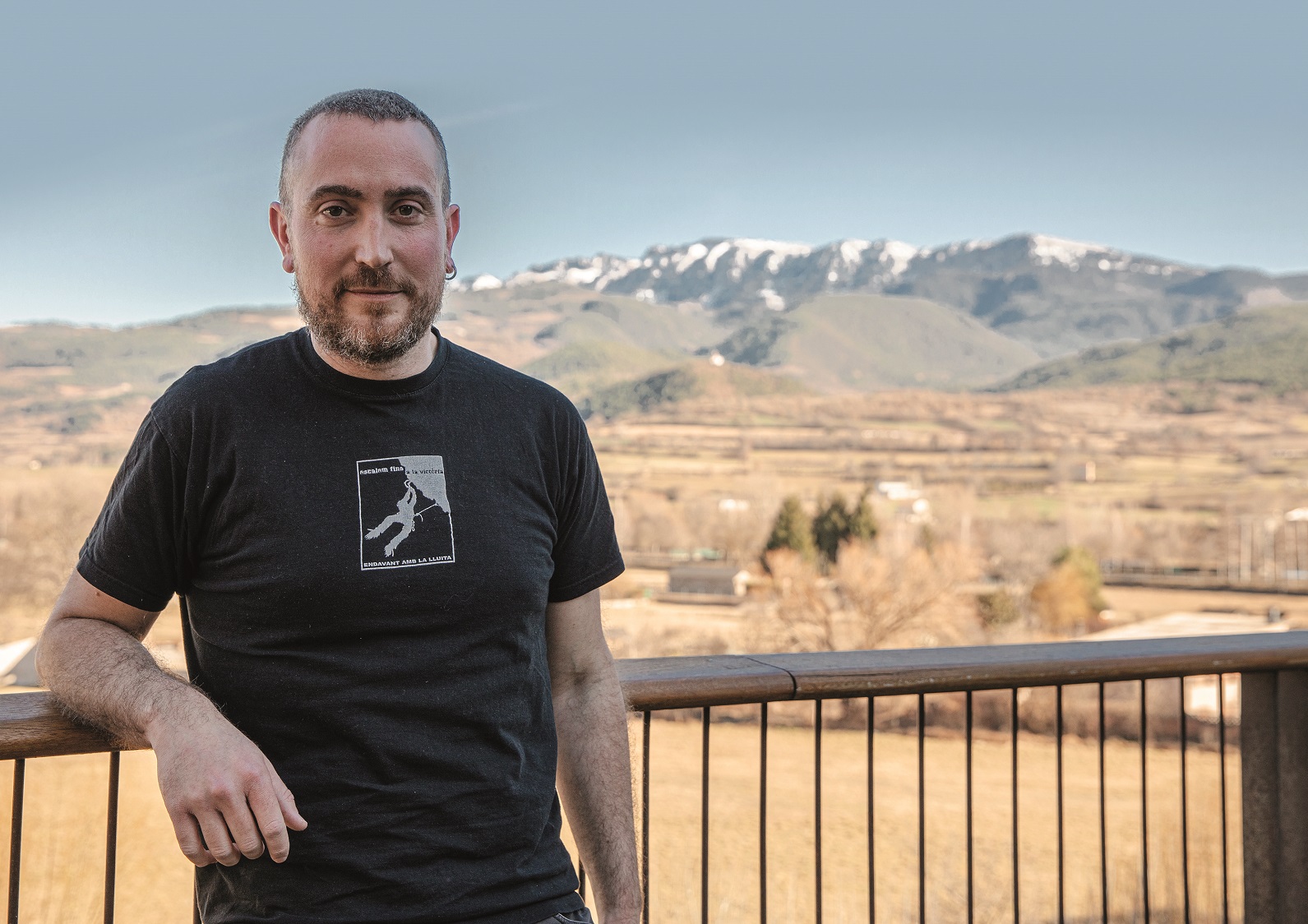The invaluable massacre in Mexico 68
- On October 2, 1968, convened by the student movement calling for democratic measures, a crowd gathered at the Plaza de las Tres Cultura de Mexico City. A paramilitary group of snipers arrested more than 500 people and killed dozens of people. Ten days later, the Olympic Games began.

Mexico City, October 2, 1968. Convened by the student movement calling for democratic measures, a crowd gathered in the plaza of the Three Cultures. Ten days later the Olympic Games would begin in the city and the movement that began in July wanted to take advantage of the sporting event to make the government’s abuses known around the world. One of the slogans was as follows: “We don’t want Olympic games, we want revolution.” The Government, on the other hand, knowing that everyone would look at Mexico, intended to wipe out any stain that could tarnish the radiance of the Games. And that same afternoon, they started doing it.
At about 18:10 hours, the Army and a paramilitary group of snipers, called the Olympic Battalion, started a shooting at protesters gathered in the square. More than 500 people were arrested and killed, tens and dozens.
The following day, several Mexican newspapers called the protesters "terrorists" and accused them of trying to "dirty the image" of Mexico and "frustrate the games". The President of the Republic said that “the operation has served to put the turmoil that caused the problem out” and that at the Olympic Games “peace of mind is guaranteed”.
Thus, on 12 October, the games were inaugurated in an event chaired by President Gustavo Díaz Ordaz, in which the Olympic Peace Games were proclaimed, without blushing.
The games ended on October 27. A total of 5,516 athletes from 112 countries (4,735 men and 781 women) participated in 172 20-sports tests. The highlights of the games were probably 8.90 meters from Bob Beamon's jump, a world record long jump that remained in force for 22 years and 10 months. But the main image was Tommie Smith and John Carlos, who received the 200 meter high gold and bronze medals, respectively. At the ceremony of the medals, with a black glove and a raised fist, a sign of black strength was lifted. Even though this picture made Smith's brand forget, the numbers are there: With a time of 19.83 seconds, he returned to the world record he held and 11 years later he would take the record off Pietro Menne, with a time of 4h.39.57.
However, the death toll in the 2 October massacre is not known. In the official version of the Government, the figure was in the order of 20. Three years later, the mother of one of the victims said that where she found her son's body there were only over 65 dead bodies. One study reveals that it was about 250, another 325... According to the highest estimate, an estimated 1,500 people lost their lives in the country.
Iñigo Llopis igerilari donostiarrak hiru domina irabazi ditu Munduko Txapelketan eta 2021eko Tokio Paralinpiar Jokoetatik zilarra ekarri zuen etxera. Konporta Kirol Elkartean aritu ondoren, Basque Team klubean dabil gaur egun, “Gipuzkoan maila handia dago”... [+]























